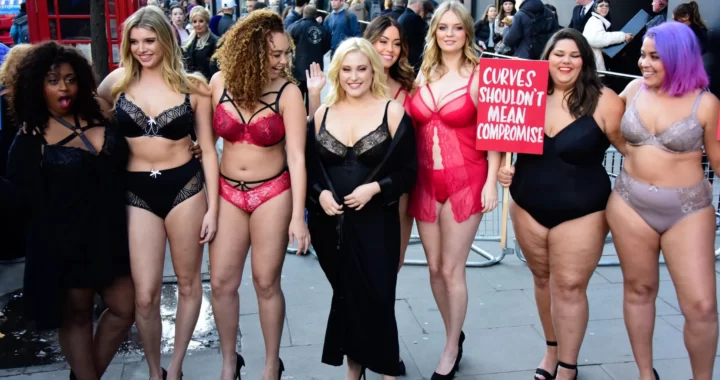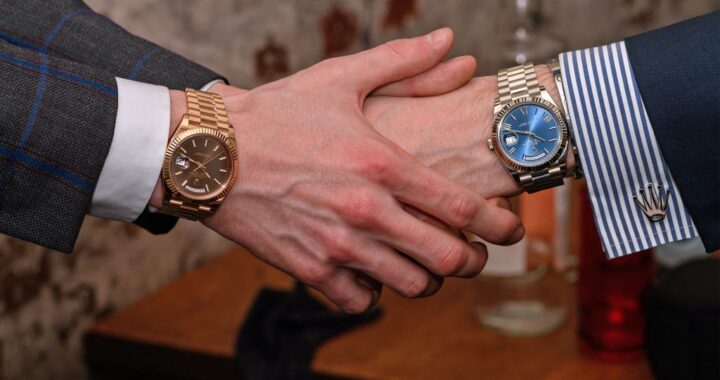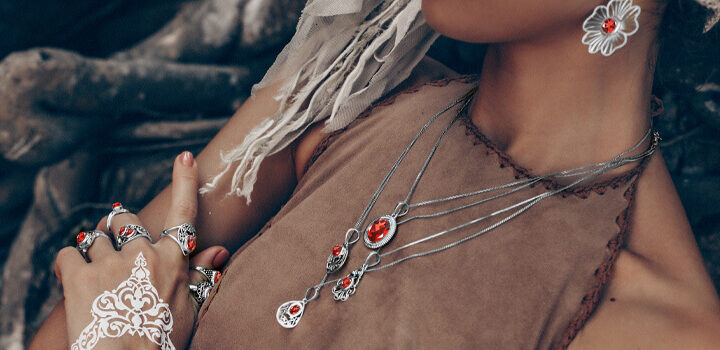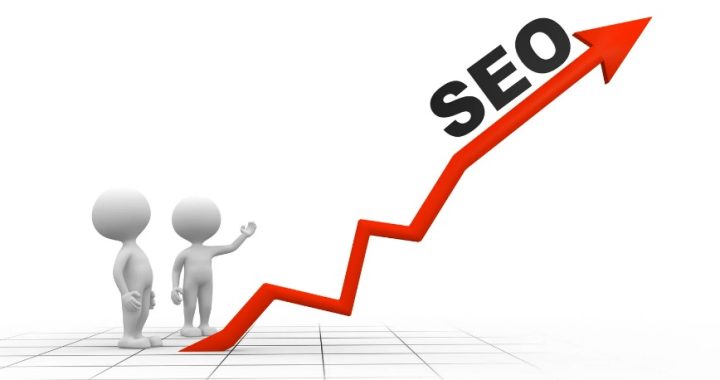Are Men’s Clothing And Apparel Prices Too High?
5 min read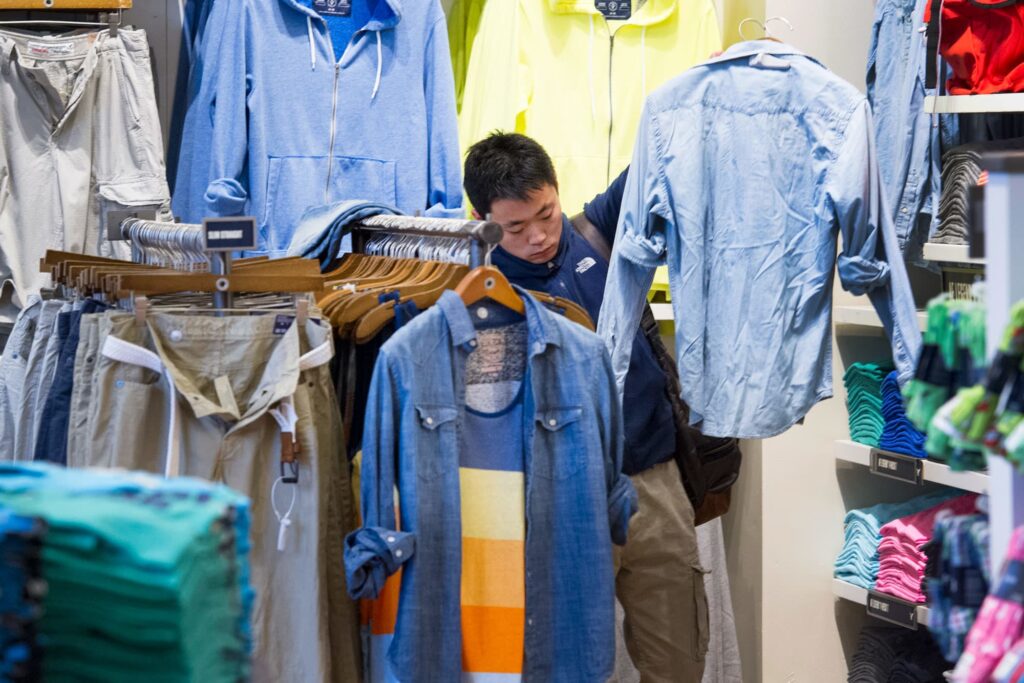
Are Men's Clothing And Apparel Prices Too High?
In recent years, men’s clothing and apparel prices have risen along with inflation. What is driving this trend? In general, men earn more than women and therefore have more disposable income to spend on higher-quality apparel. Conversely, women have more options for less expensive separate and can experiment with more creative outfits.
Prices of men’s clothing have increased in recent years
Prices for men’s AI for clothing and apparel site selection are rising more quickly than those for women, and the biggest increases are being seen in athleisure and casual clothing. Other areas with price increases include men’s loungewear and boots. However, the trend is not completely attributed to inflation. Despite the recent increase in prices, consumer demand has remained strong. According to the latest figures, retail sales for women’s and men’s apparel rose by 7.4% between January and June 2021. The second half of the year has historically been the strongest for apparel sales, and men’s clothing is no different.
Men’s apparel firms are constantly changing the way they design their clothes to stay ahead of changing trends and customer demands. To meet these demands, they incorporate more technology into their clothing. For example, they are producing clothing made from recycled materials, or clothing with electronic capabilities, including small lights. These innovations allow men’s clothing to evolve more quickly.
One expert in the fashion industry, Terry Lundgren, believes that the increase in prices shouldn’t be too alarming. Men make more money and are able to afford higher-quality apparel. Moreover, there are not as many fast-fashion brands catering to men. As a result, there are less outlets selling menswear at affordable prices.
In the United States, men spend an average of $10 more on clothes than women do. According to a report from Boutique at Ogilvy, the average male monthly clothing expenditure is $85, compared with $75 for women. In the future, the menswear market is expected to grow at twice the rate of the womenswear market.
Prices have increased with inflation
As the cost of commodities rises, so do men’s clothing and apparel prices. Since the start of the year, men’s apparel prices have increased by about 1.5%, compared with 5.3% for women. The biggest increases have come in the most popular fashion items, including jackets, jeans, and dresses. Compared with last year, men will now pay 11.1% more for a new pair of jeans. In comparison, women will pay 15.8% more for a new dress.
Despite the inflationary increases, the cost of apparel has been fairly stable. Women’s apparel and footwear prices are still down slightly, but the gains in men’s apparel have more than offset the decline in women’s apparel. Overall, apparel prices make up 2.7 percent of the CPI. While this isn’t a huge amount, it’s important to remember that the consumer demand has remained high. Overall, fashion retailer sales in the second half of the year were up 7.4%.
The price increases have been particularly dramatic in men’s apparel, which was hit hard during the recent global financial crisis. However, the Swiss market research firm GfK estimates that women’s clothing will account for CHF 4.3 billion in 2021 compared to just CHF 0.5 billion for men. Meanwhile, children’s clothing will amount to CHF 1.5 billion. The reason for the difference in price is not clear, but there are many possible reasons. Among them is the fact that women are marketed to a different audience than men. Even hairdressing salon prices are usually more expensive for women than men. This phenomenon has been called the “pink tax”.
As consumer demand has increased despite a lack of jobs and a recession, apparel prices have risen. This trend is likely to continue through 2020, but the impact on the fashion industry will depend on whether consumers will still pay higher prices or change their buying habits. Retail sales numbers for June will be released on Friday by the Commerce Department. While the numbers show apparel sales are up by a few percent year over year, the number of units is down slightly compared to a year ago. This could drag down sales over time. A recent survey of consumers indicated that 35% of respondents plan to buy less clothing this year than they did in January.
Prices of men’s clothing have declined since 1998
The decline in prices of men’s clothing can be attributed to a few factors. Firstly, the Chinese economy has struggled in recent years. As a result, many factories have not been able to return to full capacity, and those that are returning are having to pay workers higher wages due to labor shortages. Furthermore, retailers have been reluctant to pass on these price increases to the consumers, but are reaching a point where they have to do so. Some of the retailers have reduced production capacity, moved production to low-cost countries like Vietnam, and have been using alternative materials.
Prices of men’s clothing have increased with inflation
Men’s clothing prices have increased by 1.5% this year, while women’s clothing prices have climbed by 5.3%. The largest hikes were for the most popular fashion items, such as men’s jeans and jackets. A recent study by retail intelligence company Edited shows that the average man will pay 11.1% more for new pants than he would for a new pair of women’s jeans. Interestingly, women of color are even worse off than their male counterparts.
The war in Ukraine and higher energy prices have contributed to inflation rates that are now at 40-year highs. This increased demand for apparel and other consumer goods, such as shoes and socks, resulting in increases in men’s T-shirts. As a result, clothing prices increased by 6.8 percent from a year ago, leading core inflation – which is not affected by food and energy prices – to its highest levels since 2011.
Retail prices increased 0.4 percent in August, after being flat in July. The rise in men’s clothing was the biggest driver. All categories except pants and shorts rose by at least 2.8%. Outerwear, nightwear, and accessories also saw a 2.5 percent increase.
The price increase in men’s apparel is offset by the decrease in women’s apparel. Men’s loungewear and casual clothes have seen the biggest hikes. Boots have been another pricey item that has increased in price. Overall, consumer demand for apparel has been strong so far. Retail sales have risen 7.4% in the first half of 2021. The second half of the year is traditionally the strongest for apparel sales.
